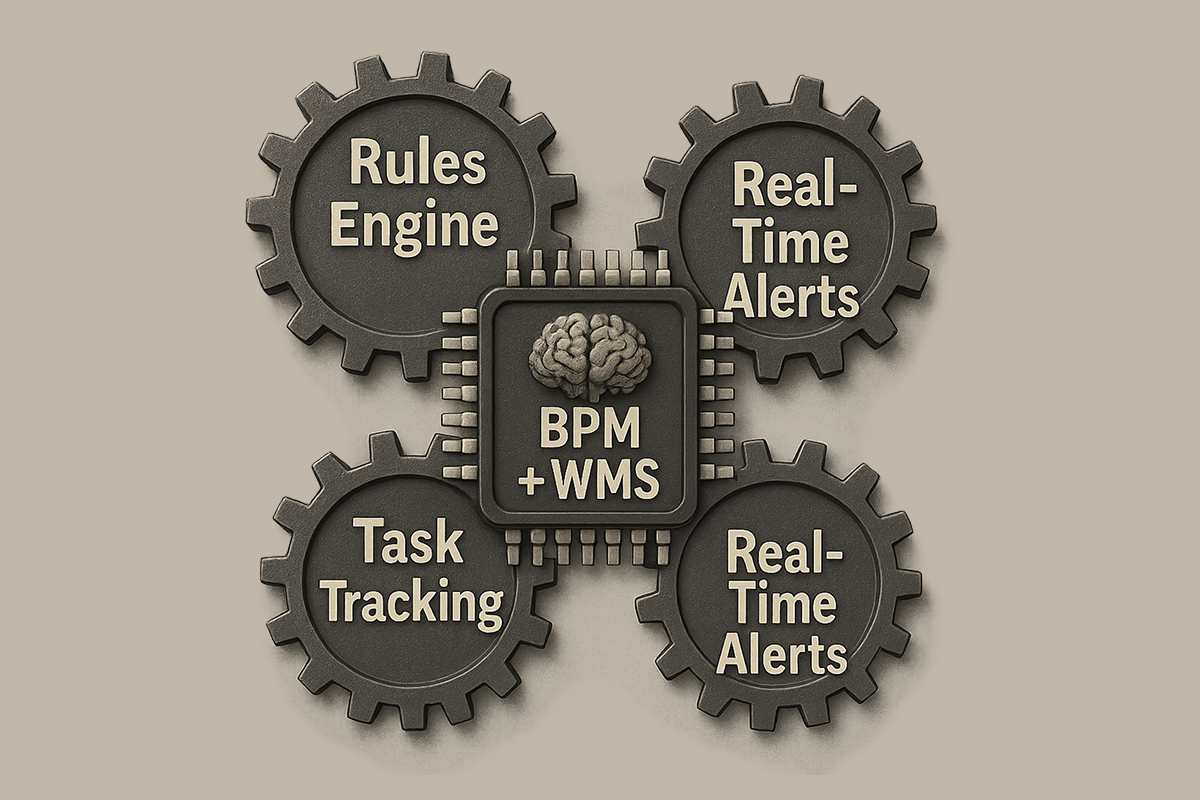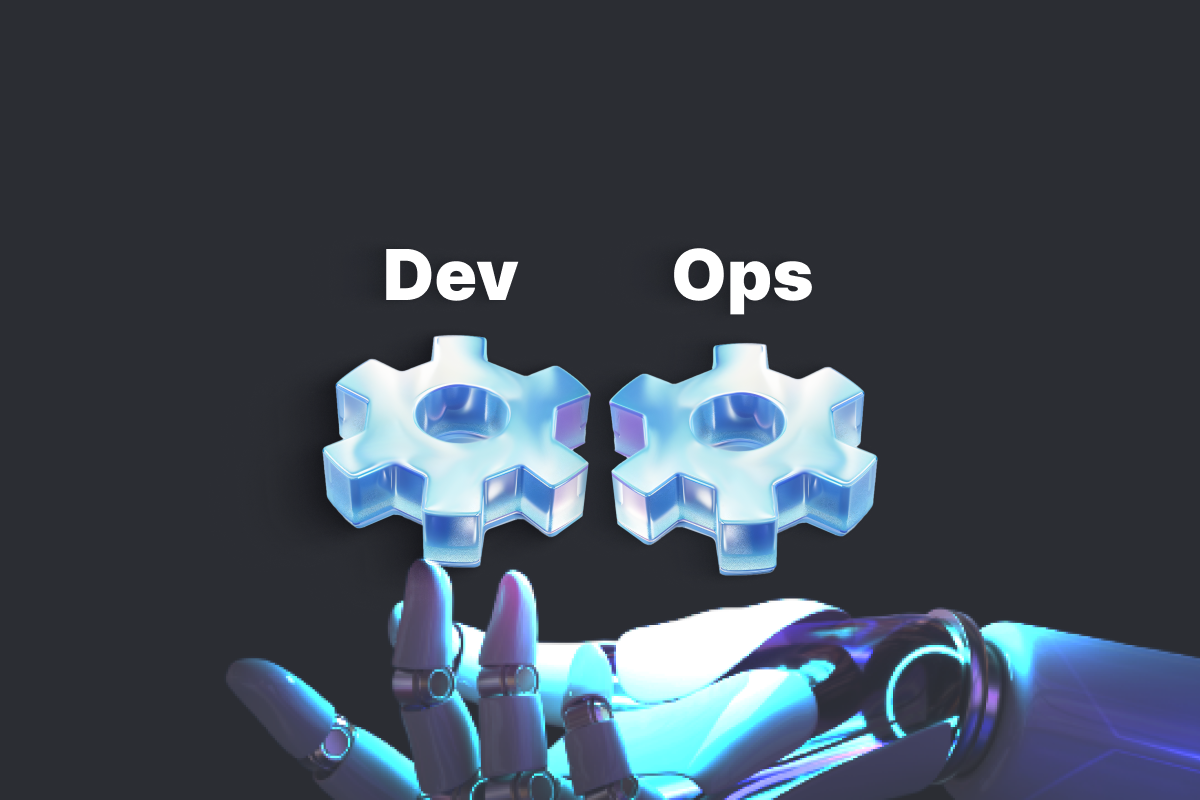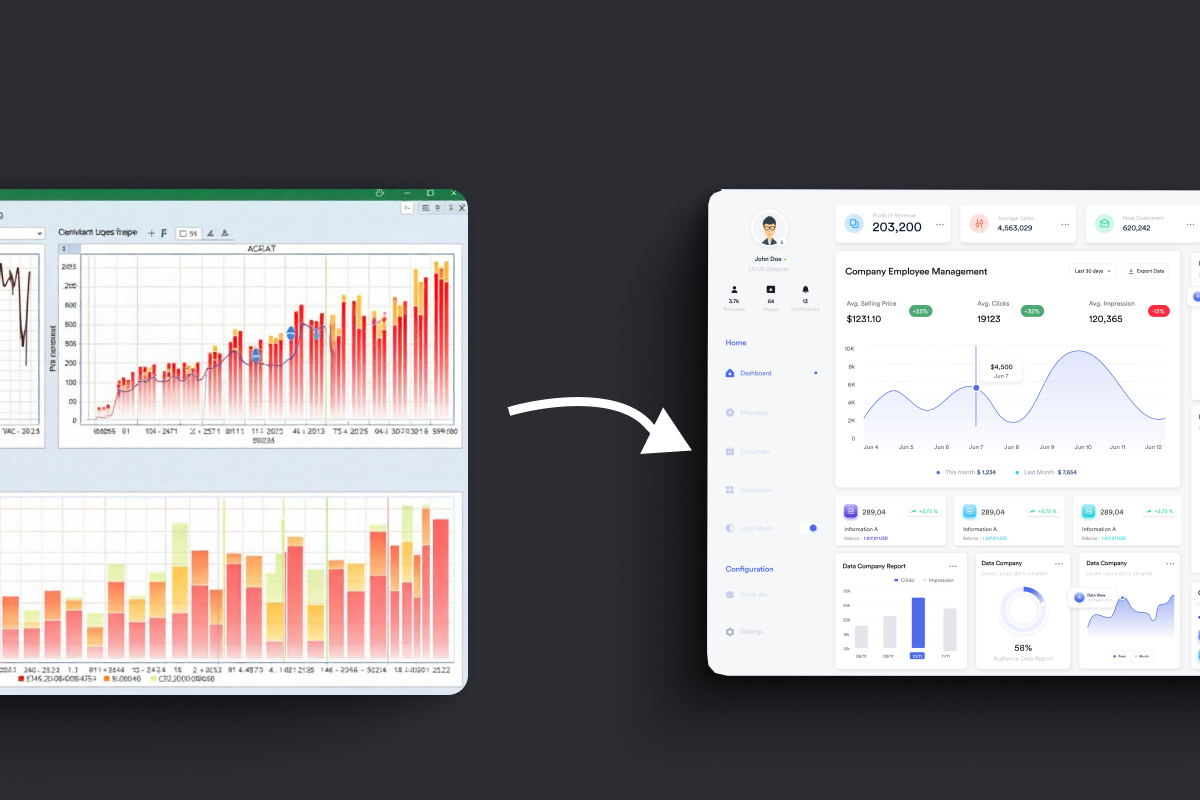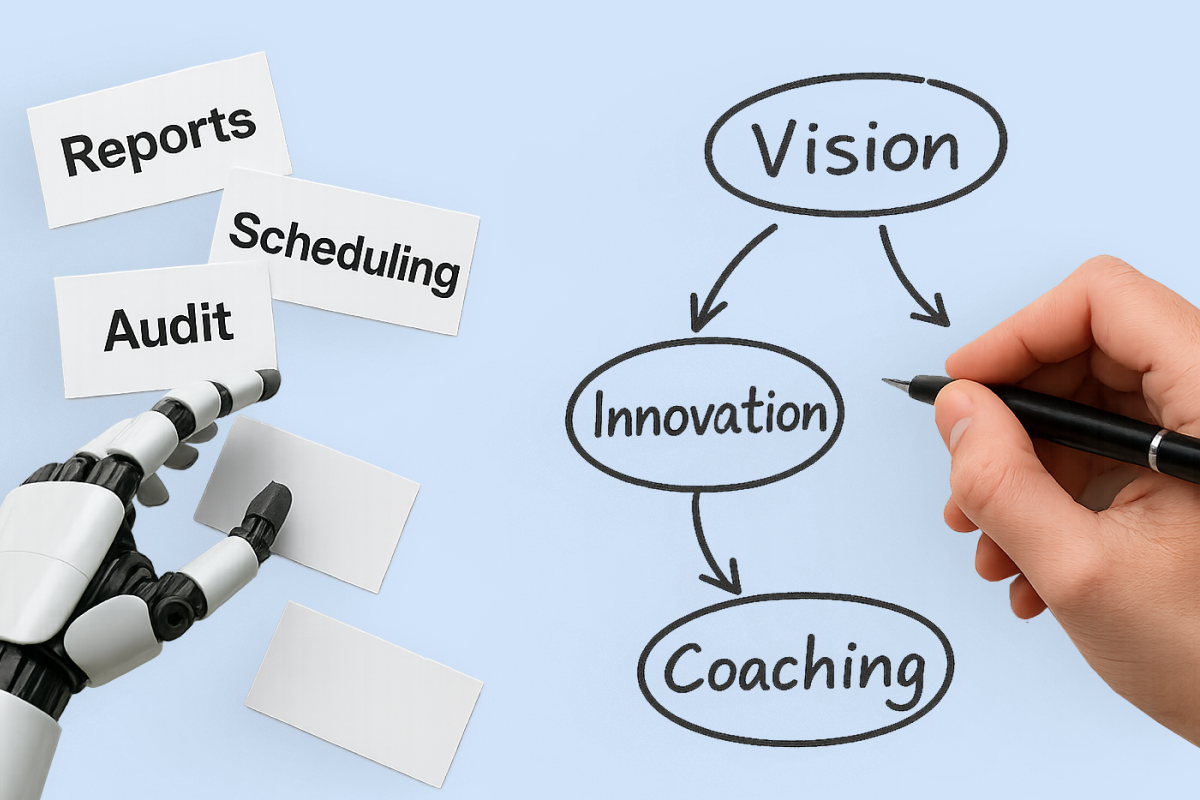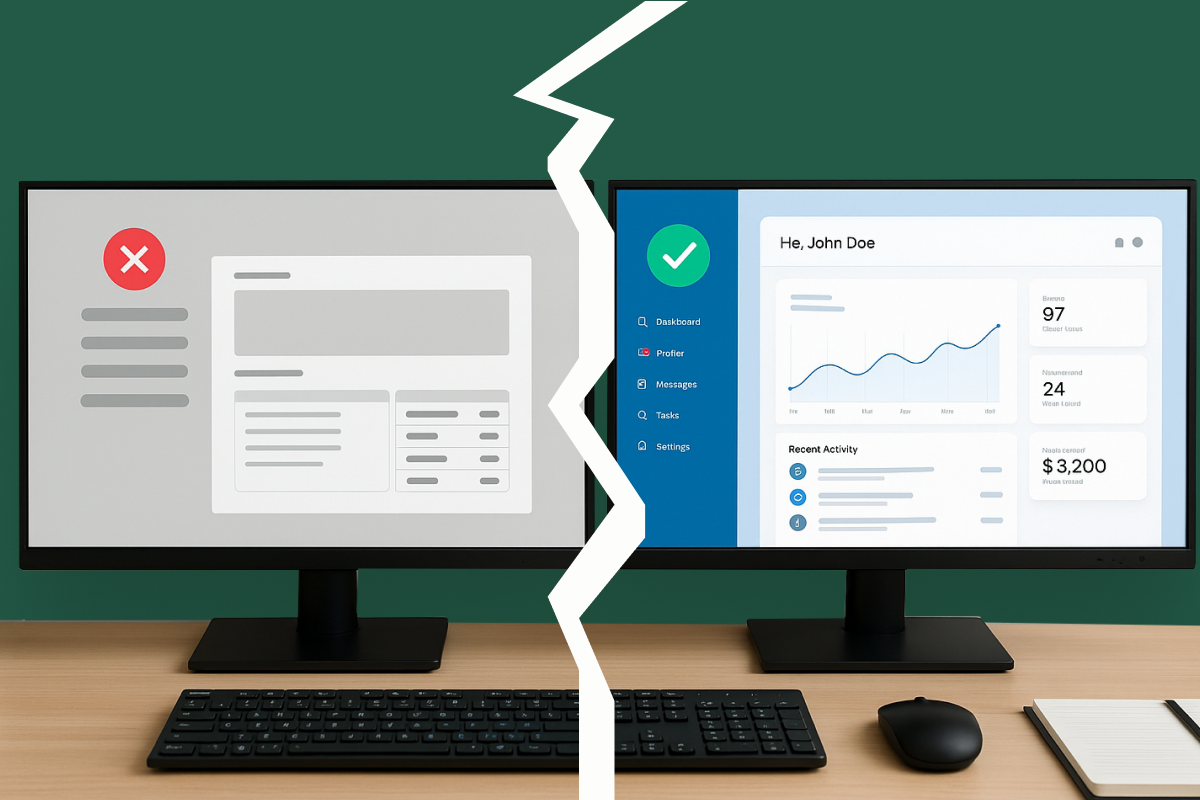Companies across a variety of industries including manufacturing, government, finance and insurance tend to use process management software. It happens not without a good reason – after all, what business wouldn’t benefit from the software designed to slash paper-based processes, cut out extraneous steps and minimize the number of errors?
When you find your business routine rather complex and inconsistent, it signals that it’s high time to make changes for the better. Azati team are those people who would listen to your requests with care and elaborate the best solution for your situation.
Managing Business Workflow To Reach Fast And Accurate Performance
A workflow can be defined as a basic, sequential series of steps or a process that occurs according to specified rules and that needs to be completed to achieve a certain goal. Implementing a Workflow Management system (WMS) is a reasonable choice for companies willing to leverage a system that keeps up with their sequence of operations, delivers productivity and empowers its users to think in simple linear loops.
A good WMS features an extensive toolbox which provides the ability to:
- Build processes based on business rules, external conditions, and process data
- Handle and track tasks
- See the broad picture of the workflow, together with performance metrics
- Notify selected users that a certain task is completed and that it’s time to start a new one
- Set various layers of access
- Support human interaction and document management
Keeping All Aspects Of Operations Running Optimally With A BPM
Business Processes Management is about designing processes, managing tasks, executing them, and constantly optimizing it all. It is a structured approach in which workflow automation is only a part of it. Heavily regulated industries and those interacting with the general public in large numbers would find using BPM software especially beneficial.
Consider implementing a BPM System if you intend to:
- Get real-time business process insights
- Simplify business process modeling capabilities
- Find out and get rid of disposable, extra workflows
- Ease collaborative approvals
- Track and measure tasks to ensure optimum and streamlined business process workflow
- Manage financial compliance
- See shadow processes – informal business workflow not supported by IT that happen between employees on emails, spreadsheets, and paper
- Lower costs
- Serve clients better
- Develop and maintain a competitive edge
Main Features Of Successful WMS & BPM Systems
Basing on our experience we’ve found out the following crucial properties of successful WMS and BPM systems:
Access Control
Many documents and files contain information not intended to be shared with everyone, so a reliable software should enable to set limits on what an individual user can see and edit.
Data Visualization Tools
Dashboards must enable visualization and filtering of data on demand and help you unmistakably distinguish processes by groups at once – by making use of color codes or similar tools.
Automatic Notifications
The execution of processes is highly dependent on time, thus time management is a sufficient part of process management. In most scenarios, the sooner you start – the sooner you’ll finish and, consequently, the more you achieve. Additionally, different people responsible for interconnected tasks may fail to realize that they can already move on to the next step. That’s why such small things like email notifications, push notifications on mobile phones, and system alerts are indeed important.
Dealing with Unstructured Processes
Though a great number of workflows are sequential, some are not, as not every process follows a predefined path. A dedicated system can empower users to create processes that move in any direction you require, based on user behavior, internal data, or external conditions.
Interaction with other applications and systems
Workflows don’t operate independently of other processes; moreover, there are many elements that must be included as a part of the business workflow itself. Therefore, the solution should integrate seamlessly with other software such as Business Intelligence, CRM, ERP, Document Management systems and others.
One-for-all Solution VS Custom Software
Workflow Management (WMS) and Business Process Management (BPM) systems are becoming popular among a diverse set of industries, as they have noticeable effects on organizations. There are two ways of implementing such a system within a company.
The first approach is to opt for a ready solution. The providers of one-for-all solutions state that their systems are appropriate for virtually any situation, but this is hardly true when we speak about leveraging a BPM or Workflow management system.
Utilizing an out-of-the-box software, in this case, may result in a disappointing experience of having to deal with systems that are too complicated, bloated with superfluous features, and simply not satisfactory. Instead of bringing you the benefits of automation, they could add up to cumbersome tasks, leaving you even more perplexed than before. Of course, there are some cases when such a system works good – primarily for companies with a small set of sequential processes, but in other cases, it is better to apply the solution that fits like a glove than a general-purpose one
The second option suggests utilizing a system designed with keeping particularly your business processes and activities in mind. This approach is by far more likely to deliver the exact experience you want. Although it seems to be more complicated from the start, in the long run, it has better outcome and effect on the overall effectiveness.
Don’t settle for something less than amazing when it comes to improving your business! Azati assists organizations of any size in designing, creating, and deploying function-based Workflow Management and BPM Systems of various kinds.
